Article
8 Shocking Drug Origin Stories
The medicinal properties of plants and herbs have been recognized almost since the beginning of human history.
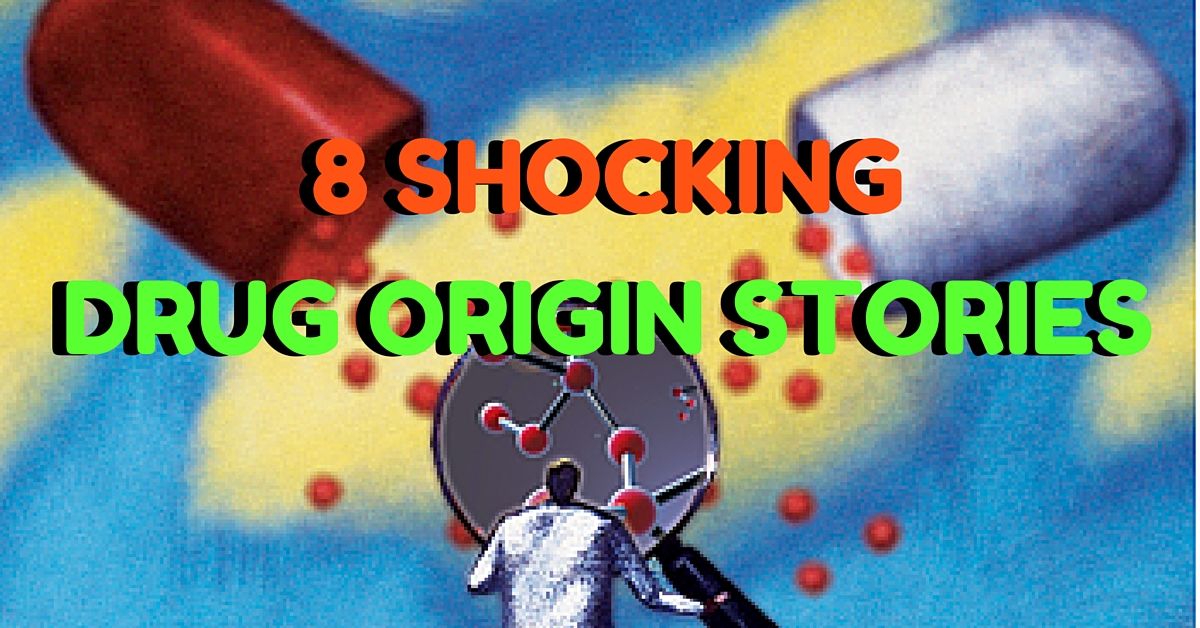
The medicinal properties of plants and herbs have been recognized almost since the beginning of human history.
As early as circa 2500 BC, Chinese Emperor Shen Nung wrote a book about medicinal roots and grasses. Since then, scientists have made many drug discoveries—some using natural substances and others using synthetic compounds—that have helped improve health and eradicate disease.
The following drug origin stories are sure to shock you.
1. Salicylic Acid

This precursor of aspirin was isolated from willow bark in 1874. In ancient times, salicylate-containing plants such as the willow were commonly used to relieve pain and fever.
2. Quinine
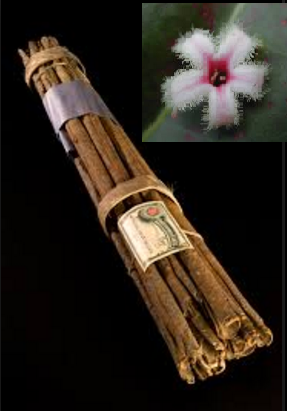
This antimalarial agent was separated from cinchona (china bark). It remains an important antimalarial drug nearly 400 years after its discovery.
3. Antibiotics
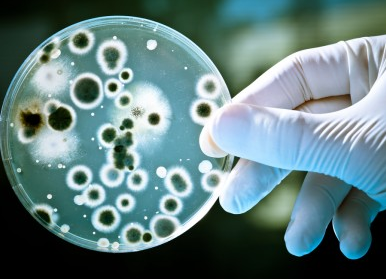
Selman Waksman first used the word “antibiotic” as a noun in 1941 to describe any small molecule made by a microbe that antagonizes the growth of other microbes. From 1945 to 1955, the development of penicillin—which is produced by a fungus—along with streptomycin, chloramphenicol, and tetracycline—which are produced by soil bacteria—helped treat many common bacterial infections.
4. Morphine

The synthesis of morphine in 1803 by pharmacist Friedrich Sertürner of Germany led physicians to label it as “God’s own medicine.” The mid-19th century invention of the hypodermic syringe and the use of injectable morphine as a pain reliever during the American Civil War led to the first wave of morphine addiction in America.
In 1895, Heinrich Dreser synthesized heroin in Germany while working for Bayer, which began to market the drug in 1898. In the early 1900s, heroin was seen as a solution to the problem of morphine addiction.
5. Heparin
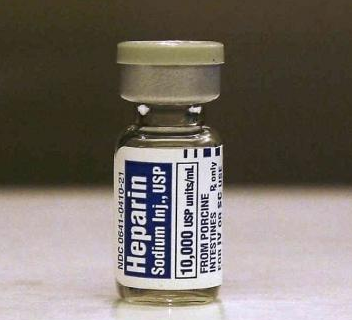
The anticoagulant effect of heparin was discovered by Jay McLean in 1915 while he was searching for a procoagulant in dog liver.
6. Dicumarol
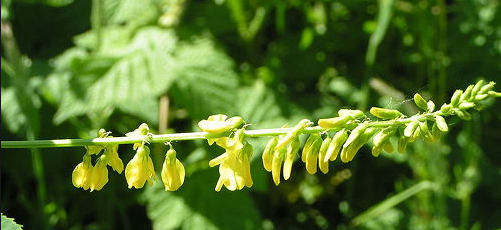
Karl Paul Link identified dicumarol from spoiled sweet clover hay in 1939 as the causal agent of sweet clover disease, a hemorrhagic disorder in cattle.
7. Hirudin
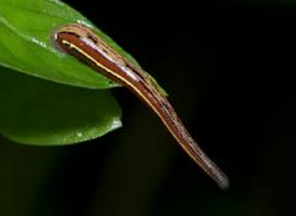
Hirudin extracts from medicinal leeches were first used for parenteral anticoagulation in the clinic in 1909, but their use was limited because of adverse effects and difficulties in achieving highly purified extracts.
8. Insulin
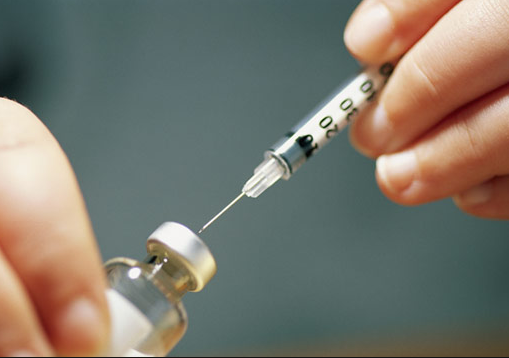
The discovery of insulin almost didn’t happen. In 1920, John McLeod, the head of the University of Toronto’s physiology department, rebuffed insulin discoverer Frederick Banting by initially refusing to provide lab space.
Patience, perseverance, and serendipity have led to the creation of numerous drugs. As technology advances, I look forward to seeing what new drugs will be developed using the foundation created by pharmaceutical researchers of the past.





